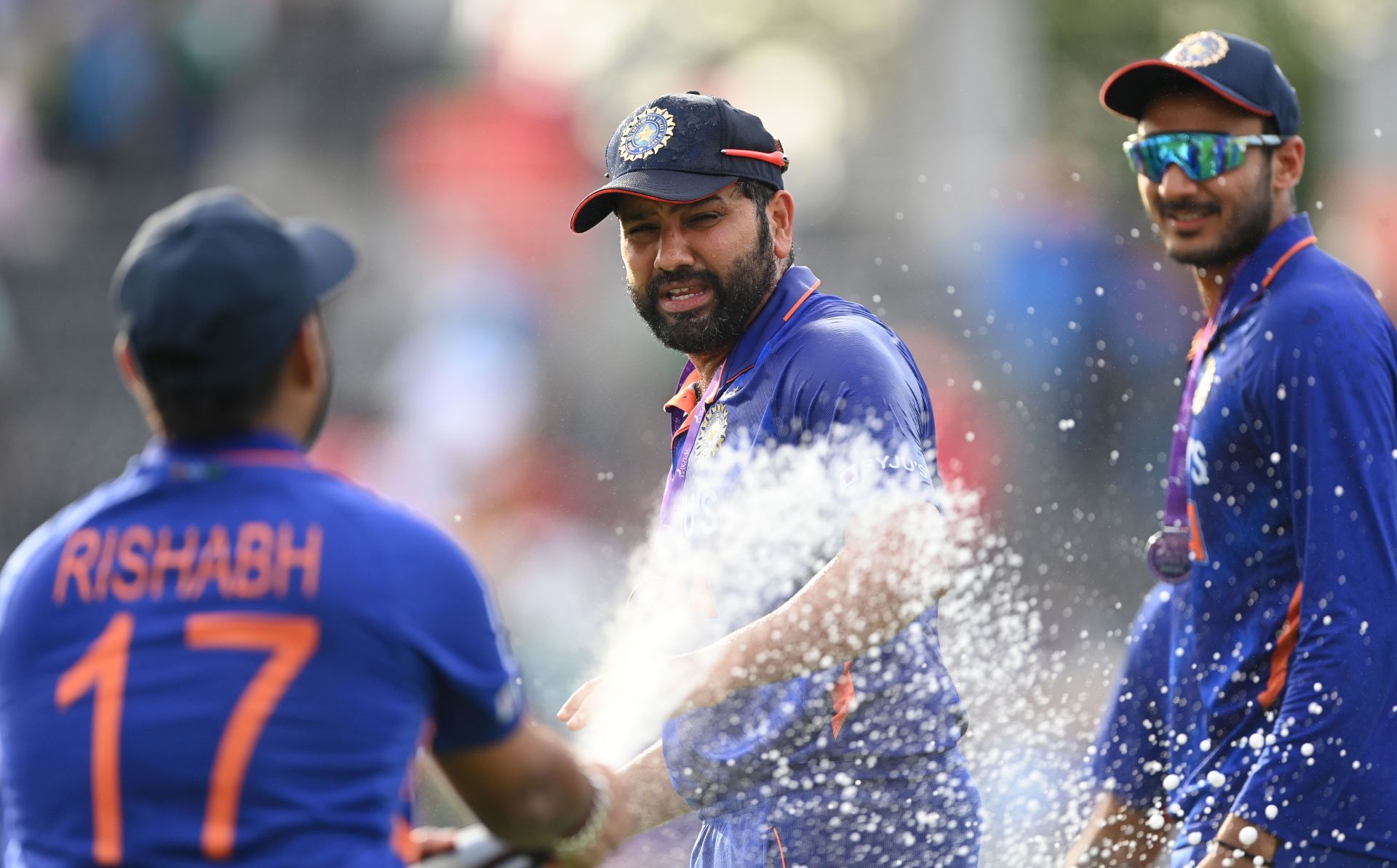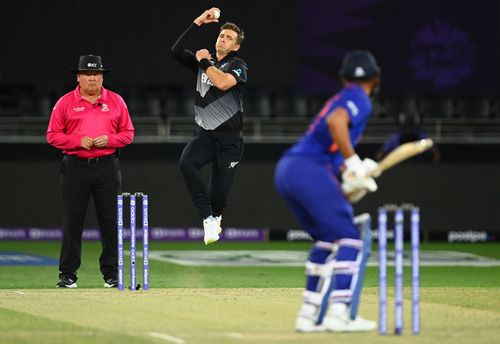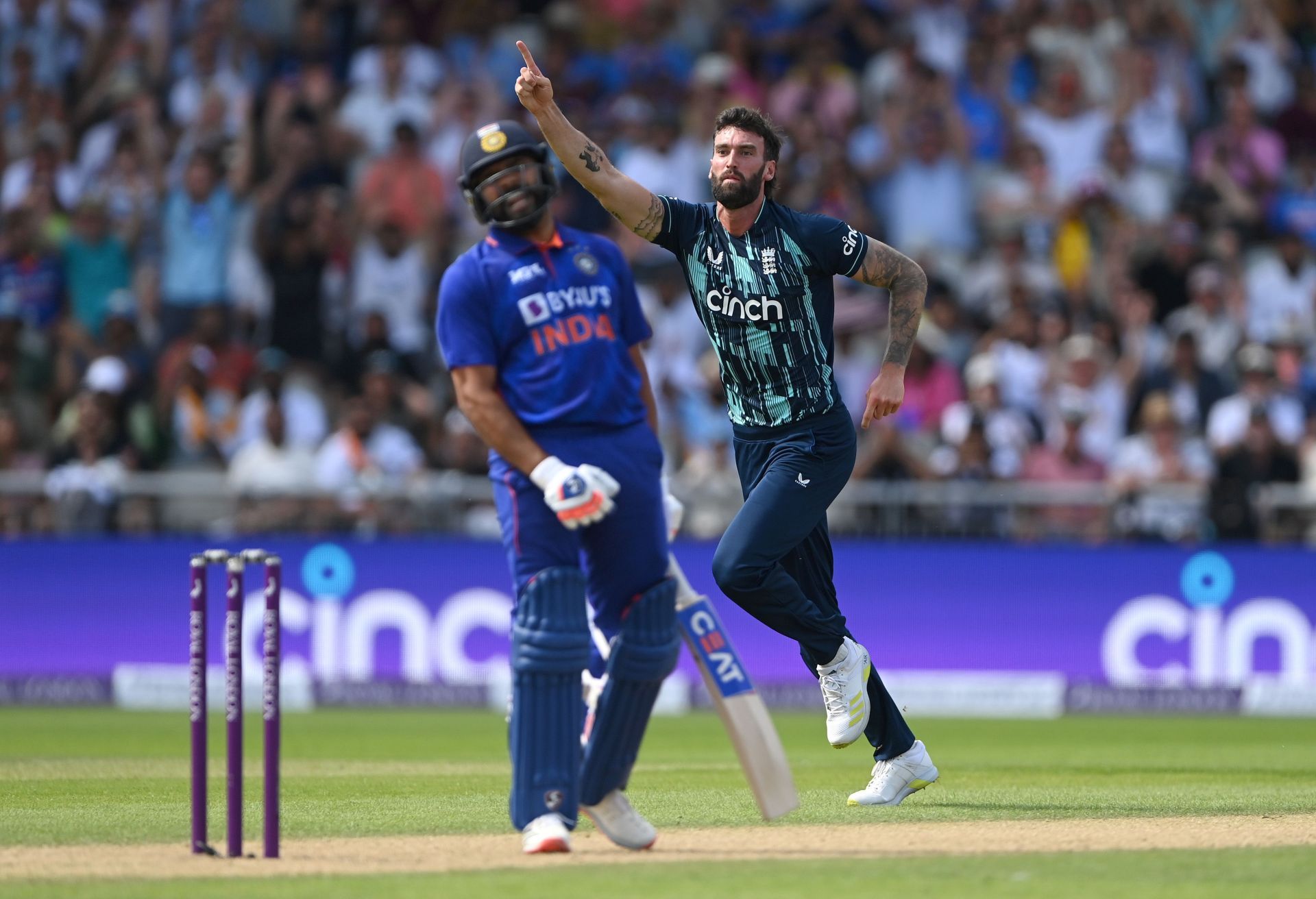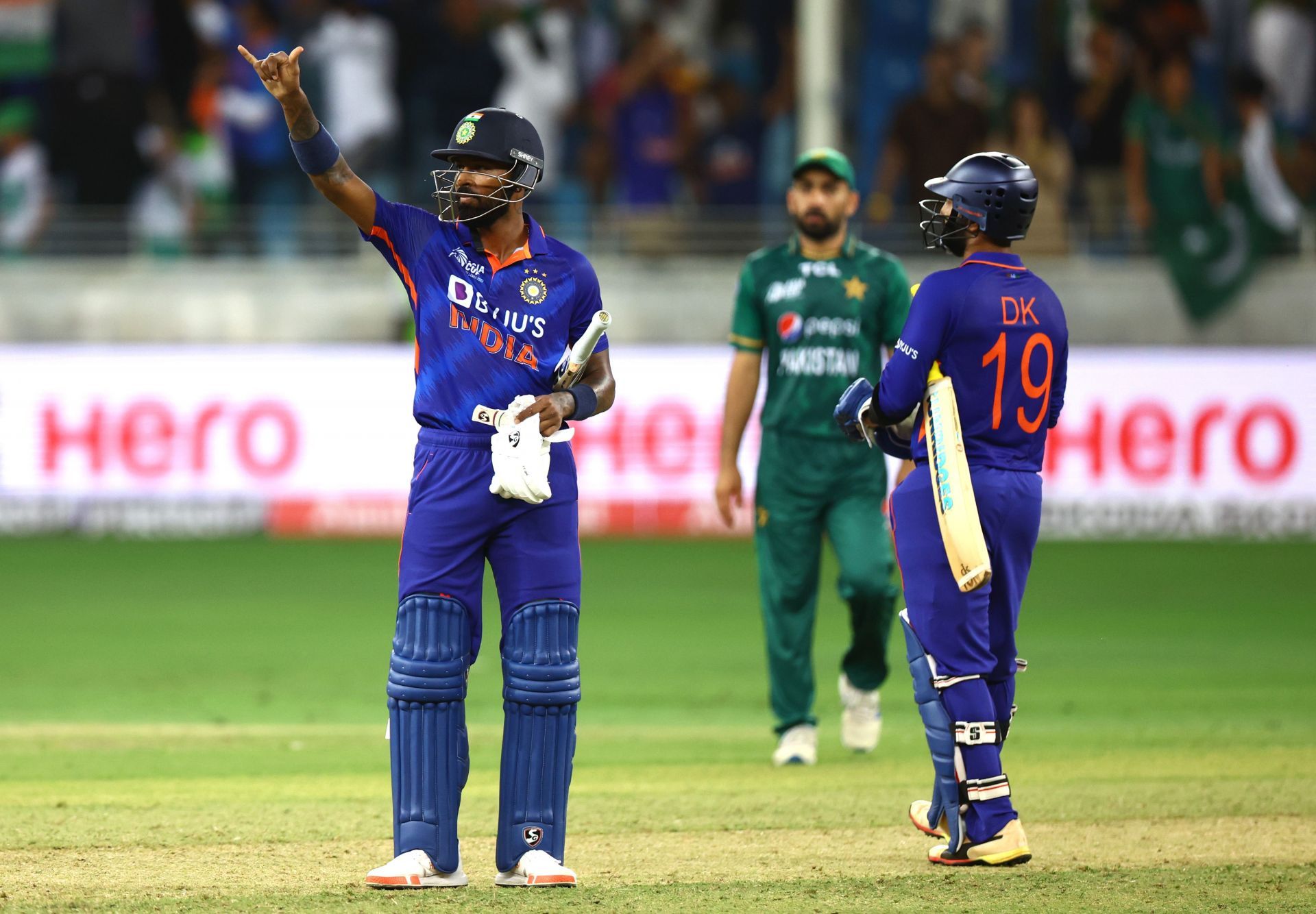
Asia Cup 2022: 3 things India must do for their new attacking template to work
Under captain Rohit Sharma and coach Rahul Dravid, Team India have committed to playing an attacking brand of cricket in the T20I format, with an emphasis on making the most of the powerplay and going hard at the opposition whenever possible.
That approach hasn't quite been followed precisely in the 2022 Asia Cup, despite which India have sailed into the Super 4 stage with wins over Pakistan and Hong Kong. In their first game, the Pakistani pacers had the Indian top order in some discomfort. Against Hong Kong, on the other hand, KL Rahul's lack of intent sucked all the momentum out of India's powerplay.
Top teams like Australia and England have already named strong squads for the T20 World Cup, which will commence next month. India need to sort out their approach immediately to give themselves enough time to prepare for the marquee ICC tournament, in which they suffered crushing disappointment last year.
Here are three things India must do for their new attacking template to work in T20I cricket.
#3 India need to bring KL Rahul out of his shell

Against Hong Kong, Rahul played one attacking shot in the powerplay, and even that was off a free-hit. He ended the field restrictions on 16 (20), completely draining India's momentum despite Rohit's best efforts at the other end.
In the 24 T20Is Rahul has played since the start of 2020, he has had a strike rate higher than 150 only twice. That's a damning statistic for a man who has primarily played as an opener in the format over the last two years, made worse by the fact that he isn't incapable of playing big shots. The same pattern has been seen in the Indian Premier League (IPL) on countless occasions as well.
India need to bring Rahul out of his shell or replace him with an opener who will be more willing to play his shots. They can't afford to have someone eating up balls in the powerplay and never accelerating enough to make meaningful runs for the team.
#2 India's openers, especially Rohit Sharma, must convert starts more often

At the other end, Rohit has attempted to get India off to a quick start. More often than not, he has been able to strike a few boundaries and help his team utilize the powerplay. Unlike Rahul, the Indian skipper has struck at over 150 six times in 15 innings since the start of 2020. But he, and the other openers, have another problem - they haven't been able to convert their starts.
Rohit has only scored one fifty since the start of 2020 and has only two scores of 40 or more. Others who've opened the innings recently, such as Suryakumar Yadav, Rishabh Pant, Ishan Kishan, and Ruturaj Gaikwad, haven't gone on to score big either.
It isn't easy for openers to notch up big scores when they're trying to play a risky brand of cricket, but the current conversion rate simply won't do. The other T20 openers who go hard in the powerplay - Jos Buttler, David Warner and Quinton de Kock, to name a few - have several sizeable scores to their name in the recent past.
At least one of the openers must look to consolidate after a brisk start by keeping things ticking from one end, especially immediately after the powerplay. Not at the cost of the attacking approach, but with the idea of maximizing a batter's potential in an innings.
#1 India should lengthen their batting lineup at the cost of their bowling

Teams like Australia and England can play aggressively in T20I cricket because of their deep batting lineup, which stretches down to No. 8 and even No. 9 at times. India, on the other hand, often play with only seven batters, with the other four places taken up by specialist bowlers who can't contribute more than a few singles.
Hardik Pandya's return has boosted India a bit in this regard, but they still have some way to go before they can be considered a deep batting side. It might be in their best interests to share eight overs between Hardik and two finger-spinning all-rounders, with only three specialist bowlers. The likes of Deepak Hooda and Axar Patel could have big roles to play, perhaps even Ravichandran Ashwin if India trust his batting enough.
The Men in Blue will need to sacrifice some of their bowling might for their new attacking template to succeed since none of their specialist batters guarantee even a couple of overs.